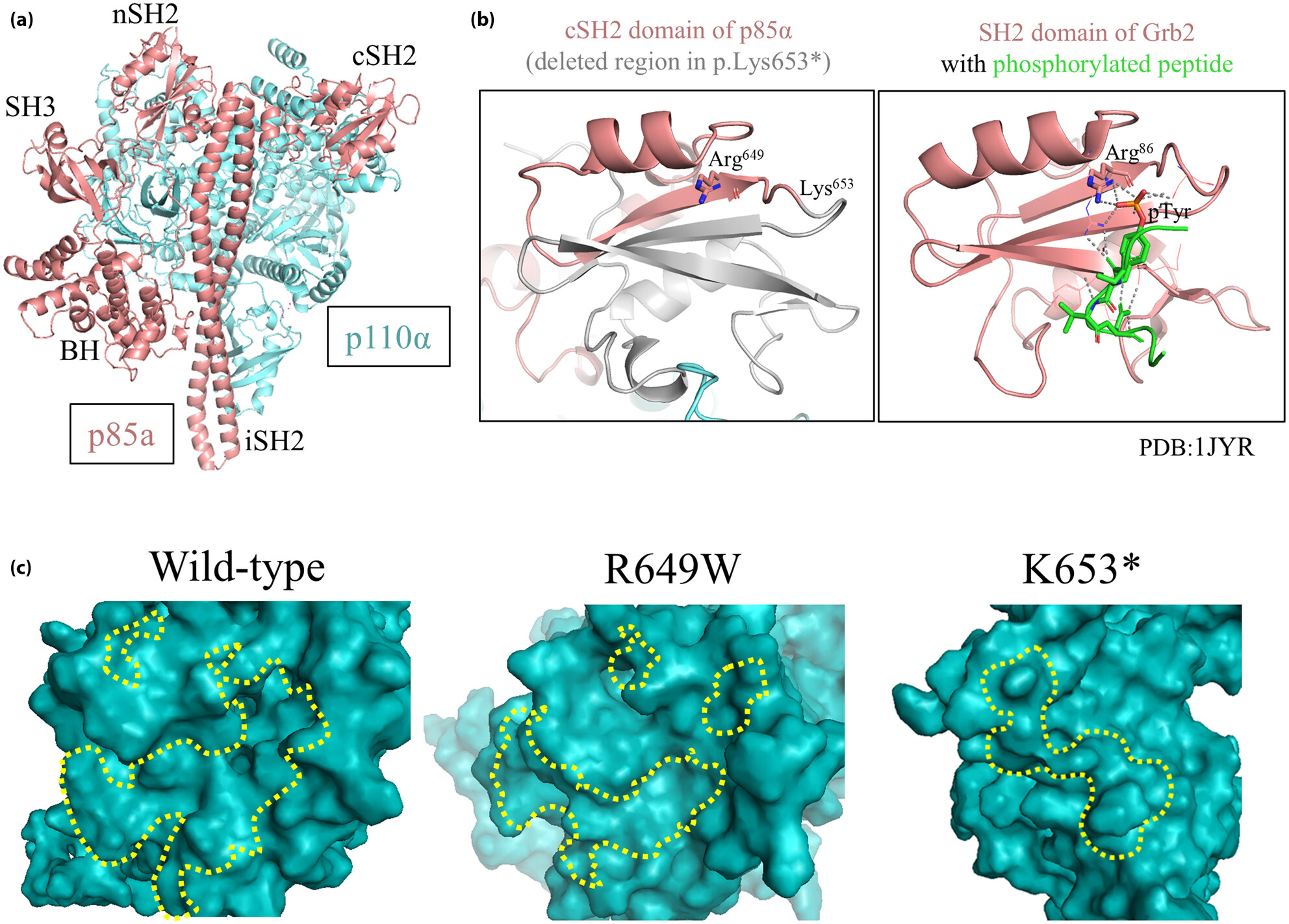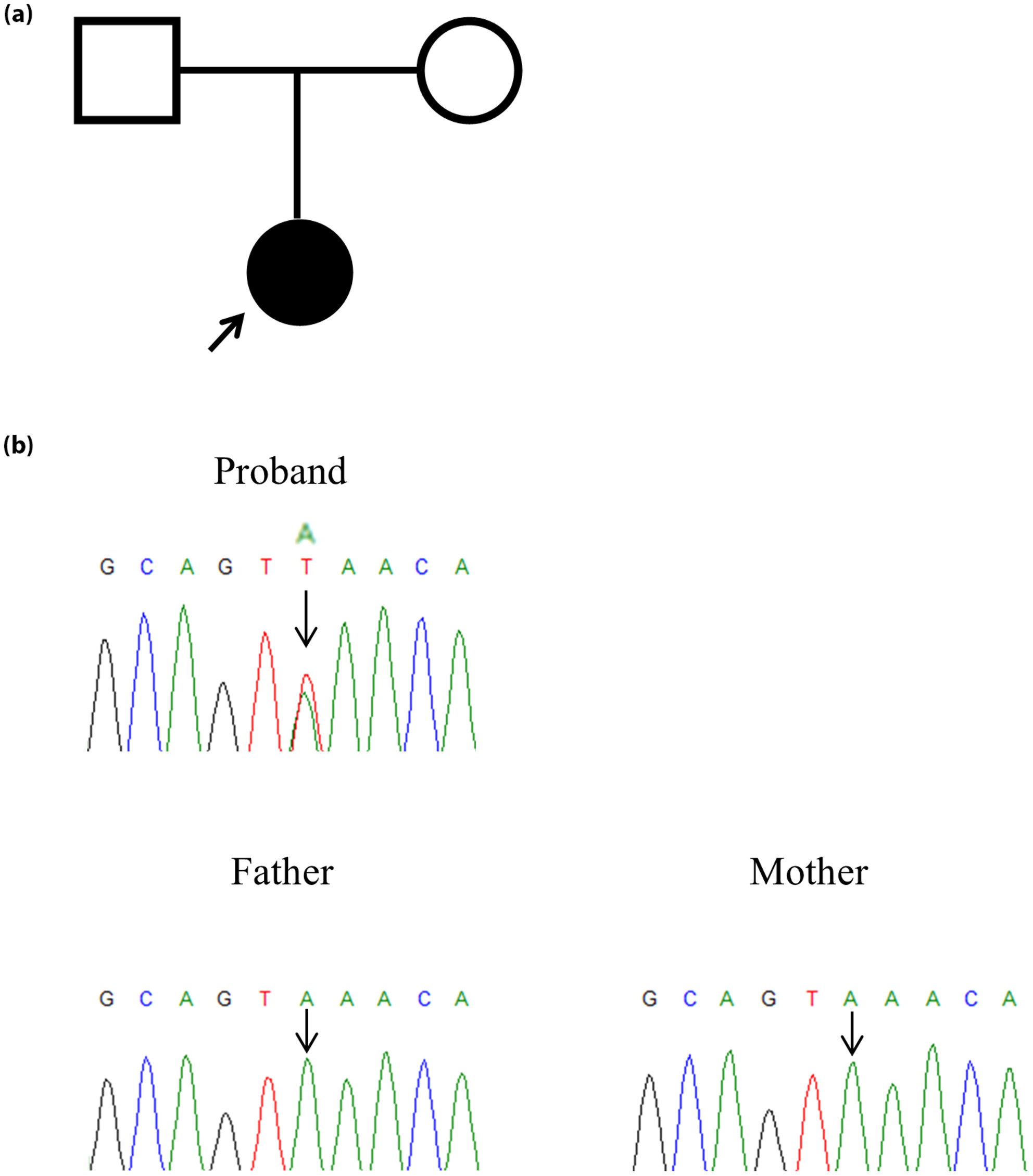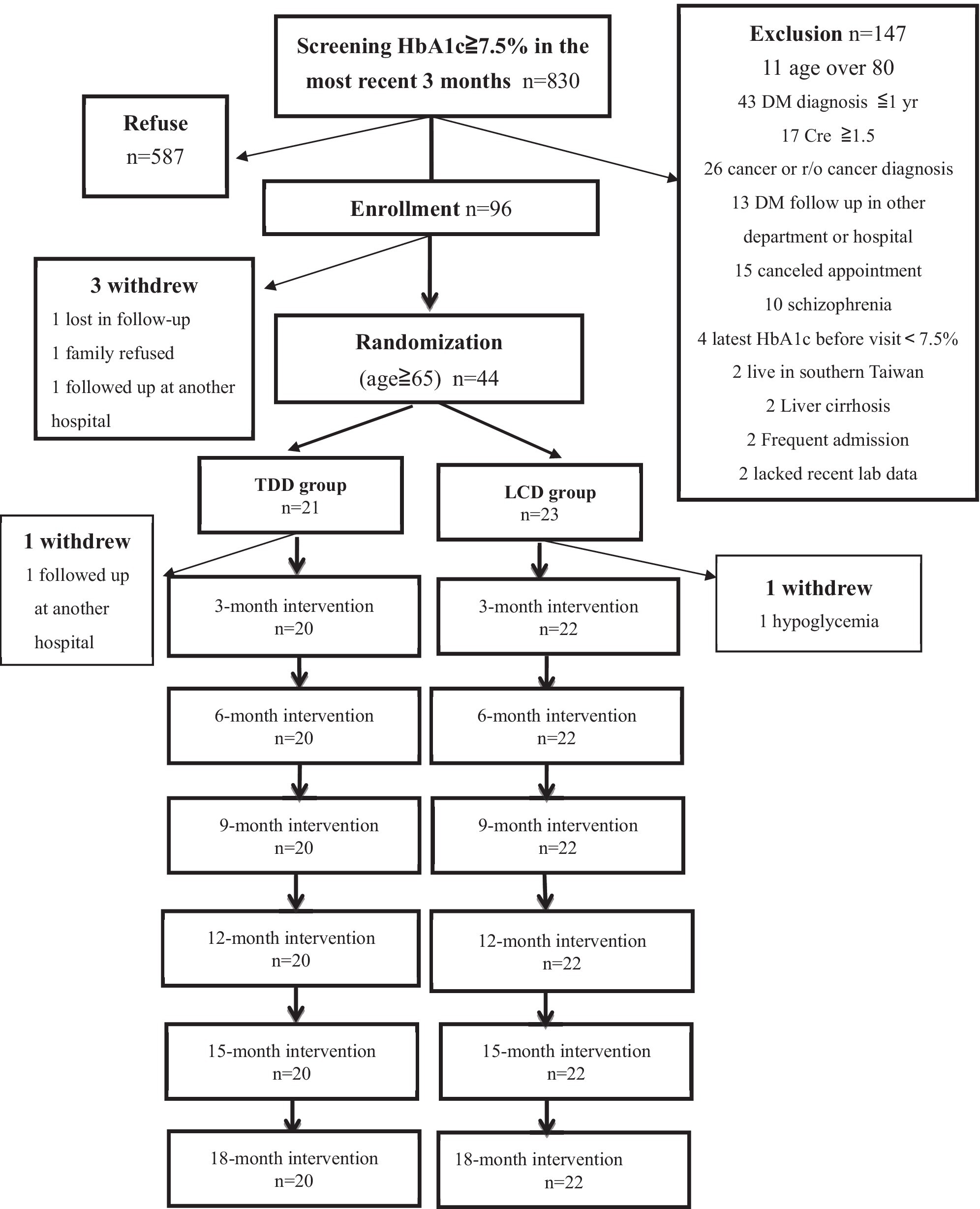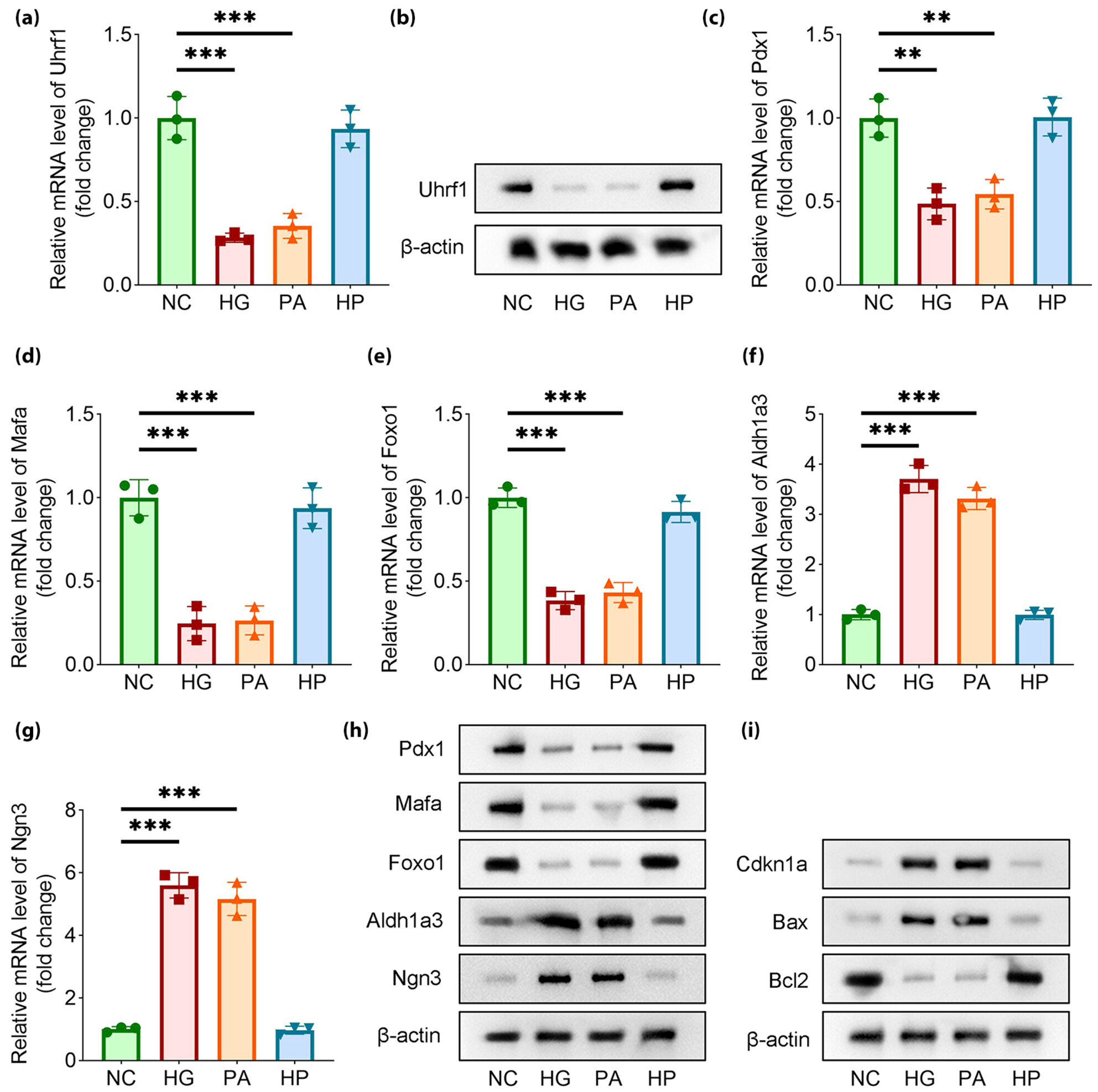Edited By: Nigishi Hotta
Journal list menu
As the official journal of the Asian Association for the Study of Diabetes (AASD), Journal of Diabetes Investigation is a clinical and experimental diabetes research journal encompassing basic science, clinical practice, and epidemiology in diabetes. Our scope also covers related areas including prevention and treatment, as well as molecular aspects and pathophysiology.
We publish translational research, providing a forum for clinicians and researchers to exchange ideas.
Journal Metrics
- 6.5CiteScore
- 3.1Journal Impact Factor
- 34%Acceptance rate
- 25 days Submission to first decision
Articles
“JDI Updates” are at-a-glance articles to stay up-to-date on hot topics in diabetes.
Please read the virtual issue on Insulin Secretion/β-cell.
An update of contemporary insulin therapy
Interplay of cardiovascular health and diabetes: Insights into weight management and risk reduction
Effectiveness and safety of sodium–glucose cotransporter 2 inhibitors in Asian populations
Recent updates in factors associated with incidence and screening of diabetic eye disease
Updates for hyperglycemia in pregnancy: The ongoing journey for maternal–neonatal health
Sarcopenia in elderly diabetes
A new era of diabetic kidney disease treatment with sodium–glucose cotransporter‐2 inhibitors
One year into the clash of pandemics of diabetes and COVID‐19: Lessons learnt and future perspectives
Blood glucose control: Where are we?
Update in the epidemiology, risk factors, screening, and treatment of diabetic retinopathy
Two types of fulminant type 1 diabetes mellitus: Immune checkpoint inhibitor‐related and conventional
SGLT2 inhibitors for genetic and acquired insulin resistance: Considerations for clinical use
New perspectives on insulin therapy
Update on the efficacy and safety of sodium–glucose cotransporter 2 inhibitors in Asians and non‐Asians
The cholesterol‐HDL‐glucose (CHG) index and traditional adiposity markers in predicting diabetic retinopathy and nephropathy
- Journal of Diabetes Investigation
- 28 May 2025
Graphical Abstract
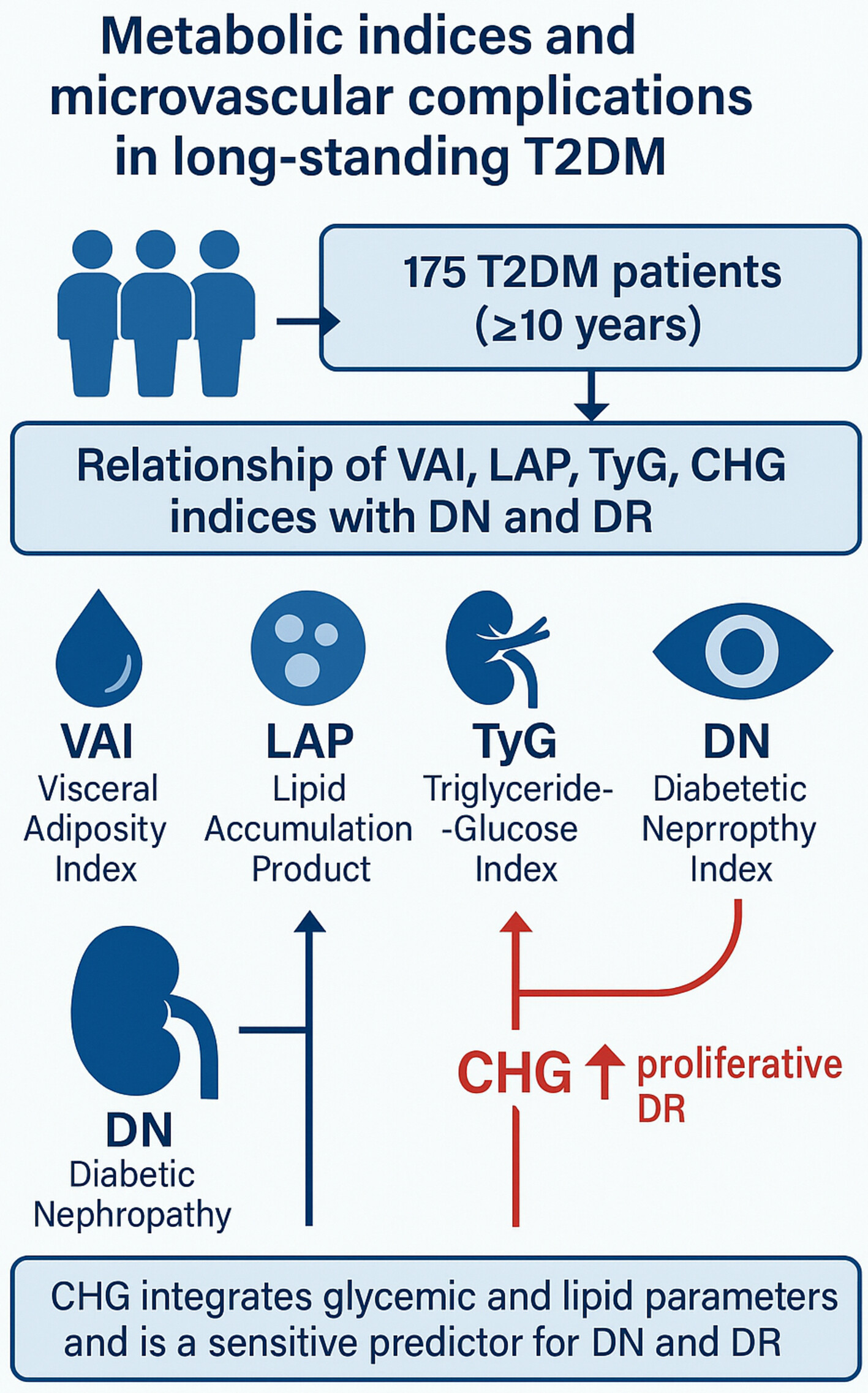
This study explores the association of visceral adiposity index (VAI) and lipid accumulation product (LAP), markers of visceral adiposity, with diabetic nephropathy and retinopathy. The findings revealed that VAI and LAP values were significantly elevated in diabetic nephropathy but showed no significant association with diabetic retinopathy. These results suggest a potential role of visceral adiposity in the pathogenesis of renal complications.
PIK3R1 mutations in individuals with insulin resistance or growth retardation: Case series and in silico functional analysis
- Journal of Diabetes Investigation
- 27 May 2025
The need for a comprehensive diabetes data system in Ireland
- Journal of Diabetes Investigation
- 27 May 2025
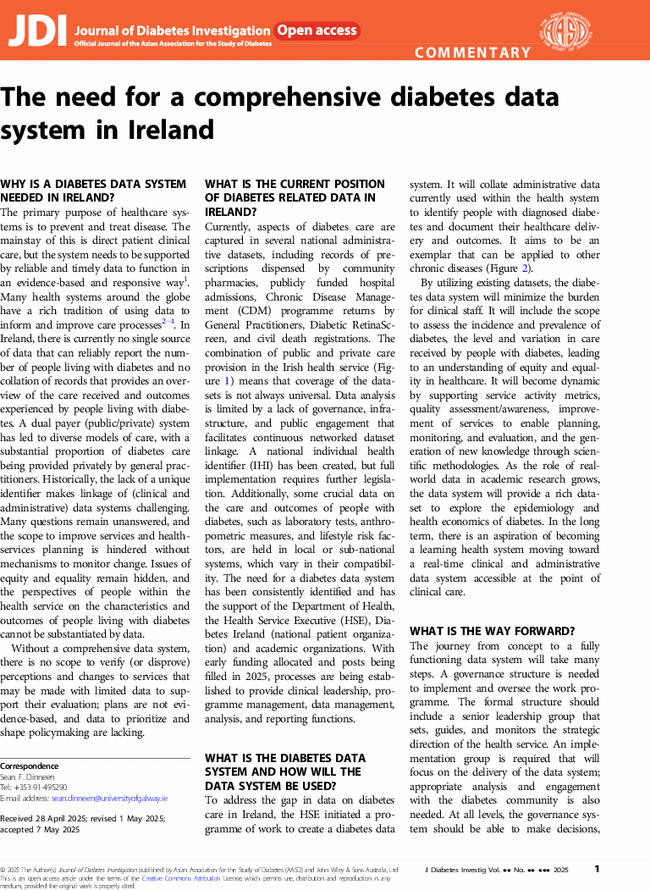
Diabetes advocacy in the Asia–Pacific region
- Journal of Diabetes Investigation
- 27 May 2025
Graphical Abstract
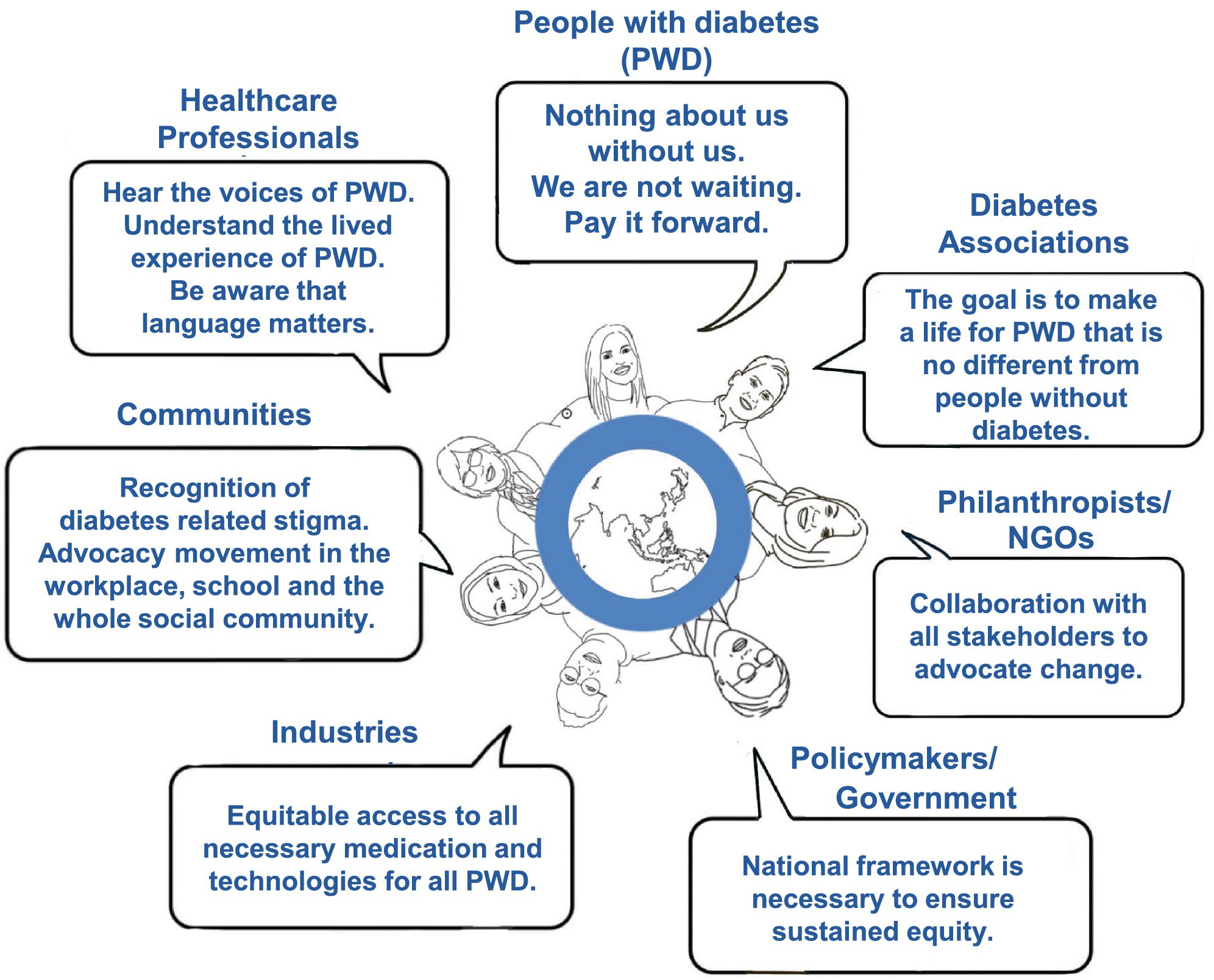
Advocacy efforts to reduce the burdens of people with diabetes are growing. However, the situation varies significantly across countries and in our Asia–Pacific region. Through mutual understanding and collaboration, we aim to strengthen advocacy efforts across the Asia–Pacific region and contribute to global initiatives that enhance health outcomes for people with diabetes.
A case of SHORT syndrome with a novel genetic mutation diagnosed 19 years after the onset of diabetes
- Journal of Diabetes Investigation
- 27 May 2025
Clinical use and monitoring of adverse effects of sodium‐glucose cotransporter‐2 inhibitors in persons with type 1 diabetes mellitus
- Journal of Diabetes Investigation
- 26 May 2025
Young‐onset type 2 diabetes—Epidemiology, pathophysiology, and management
- Journal of Diabetes Investigation
- 24 May 2025
Graphical Abstract
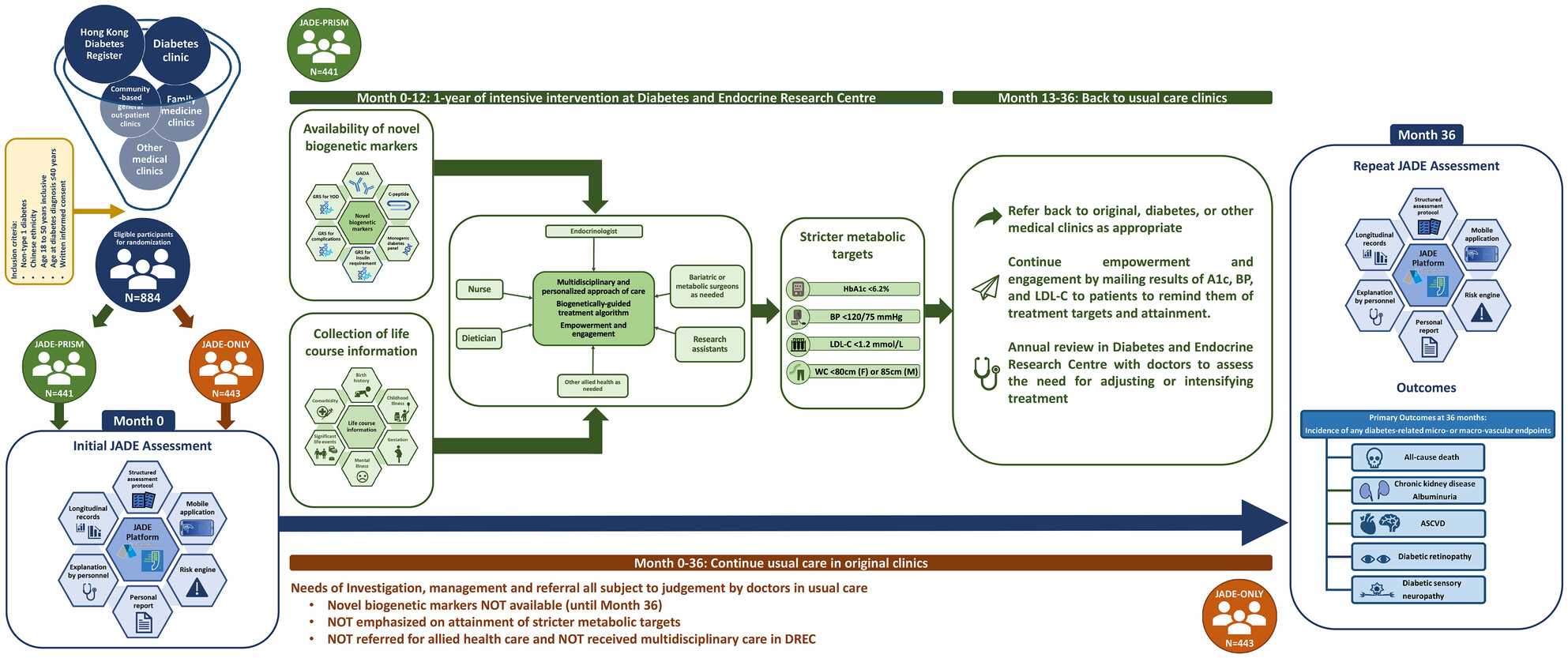
The burden of young-onset type 2 diabetes is increasing globally, disproportionately affecting non-White ethnic groups and low- and middle-income countries. Young-onset type 2 is more heterogeneous regarding the genetic and environmental contributions to its underlying pathophysiology, which poses challenges for glycemic management. This review summarizes recent studies on the epidemiology of young-onset type 2 diabetes and its complications, discusses the genetic and environmental risk factors, and provides insights on diabetes prevention and management to address the unique medical and psychosocial issues associated with young-onset type 2 diabetes.
A 90 g/day low‐carbohydrate diet improved glycemic control without decreasing frailty in older patients with type 2 diabetes: A secondary analysis of a randomized controlled trial
- Journal of Diabetes Investigation
- 24 May 2025
Graphical Abstract
Elevated amputation rates in COVID-19 survivors: Insights from a large-scale Japanese cohort study
- Journal of Diabetes Investigation
- 23 May 2025
Special Issue: Precision in diabetes
January 2025
Special Issue: β-cell and incretin therapy
September 2024
Diabetes and Big Data
January 2024





